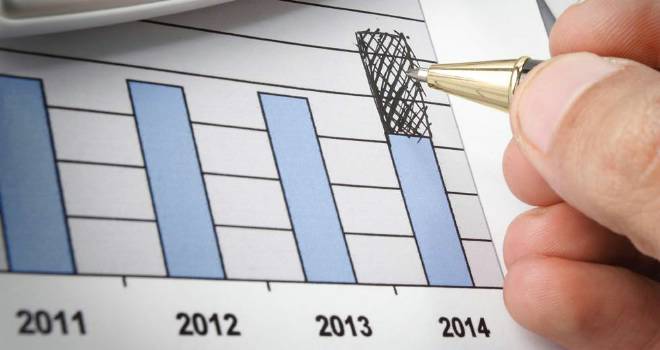
The inaugural Enterprise Finance Secured Loan Index shows that the £66m of secured lending witnessed in January represented a 2% monthly increase from December’s £65m and an 11% increase from January 2014.
Harry Landy, Director of Enterprise Finance, said:
“Lending of £66m in January shows that the secured loan market got off to a steady start in 2015 with a 2% month-on-month improvement. This is slightly more modest than the uptick we usually witness at the start of the year, but the usual seasonal slowdown in activity from November to December didn’t materialise at the end of 2014 which made a more significant jump unlikely.
“Nevertheless, the year-to-date lending figure of £779m proves this is definitely still a market heading in the right direction as more homeowners wake up to the usefulness and versatility of second charge mortgages. It also tallies with wider trends which show growing consumer demand for credit as sentiment improves and individuals reconsider ventures that might have been put on hold during the previous economic uncertainty. A new year is a perfect time to be launching a new index and we hope to offer comprehensive detail and insight into what is happening in this fast-growing sector and why.”
Enterprise’s research shows that the current average secured loan size in January was £54,050, an increase of 15% from December and 12% above last January’s figure.
The typical loan-to-value amount is 61% at present and the average first charge that secured loans are currently sitting behind is £234,313.
Home improvements are currently the major motivator for individuals taking out secured loans; accounting for 47% of all activity. Debt consolidation is the second most popular reason for using a second charge mortgage, with access to capital and purchases cited as other common factors.
Harry Landy added:
“Home improvements are the most popular reason for taking out a second charge on one’s property, but we are also seeing people use secured loans for a variety of reasons including debt consolidation and even living expenses such as school fees. Potential landlords are also using secured loans to purchase investment properties and with many high street banks still reluctant to lend to small businesses we are even seeing people use secured loans to help fund their own personal ventures. As the reputation of the sector continues to improve and regulation of second charge mortgages becomes increasingly stringent, then homeowners can feel increasingly comfortable about taking out the products.
“The average LTV ratios, loan sizes and first charges the secured loans are sitting behind shows that lender and brokers – not to mention borrowers themselves – are adopting a sensible approach to consumer credit and not allowing individuals to overstretch themselves.”
But while increased demand for secured loans tallies with growth in other areas of credit, one factor that makes its growth even more noticeable is that while monthly activity trends upwards, the level of remortgaging in the UK has dwindled.
After a promising beginning to 2014 for the remortgaging market with the value of equity released up by almost a third from the previous year, the second half of the year saw year-on-year regression with activity down 11% from December 2013 to December 2014 according to the Council of Mortgage Lenders.
By way of contrast, the secured loans market was 30% bigger in December 2014 than it was in December 2013 and this annual improvement was even more marked in the first half of the year, peaking with February’s 66% year-on-year uptick.
Harry Landy added:
“The actual size of the remortgaging market continues to dwarf that of second charge lending, but the annual change figures make for interesting reading. While homeowners seemed to shy away from remortgaging in the second half of 2014, the secured loan market continued to grow in stature. While this correlation may be entirely coincidental, there are definitely individuals who are viewing secured lending as a viable alternative to remortgaging and something that won’t endanger their mortgage rate which – given current interest rates – is likely to be extremely competitive.
“Secured loans – indeed loans in general – may once have been the sole preserve of the hard up or those in a tight spot financially, but they are now increasingly used by comfortably-off homeowners who want a cash injection to further improve their quality of life. The value of the market is unlikely to overtake that of the remortgaging market any time soon, but as more homeowners realise it is a feasible option, it will continue to make inroads.”
The continued expansion in the secured lending market is echoed by growing consumer demand for credit as reported by the Bank of England. Its latest Trends In Lending report revealed that the annual growth rate in the stock of consumer credit increased to 6.9% in November and its Credit Conditions Survey showed that appetite for credit card borrowing and personal loans surged at the fastest pace since before the credit crunch and lenders expect Britons to borrow even more in 2015.
Encouragingly, the latter survey also reported a drop in the customers defaulting on their debts during the final quarter of 2014, which shows that individuals can afford the borrowing they are taking on and not overstretching themselves. The Office of National Statistics also reported that household expenditure was at its strongest for four years in Q3 2014 which shows that individuals are increasingly confident about the economy and their own prospects and are perhaps embarking on purchases and projects they may have postponed during more uncertain times.





